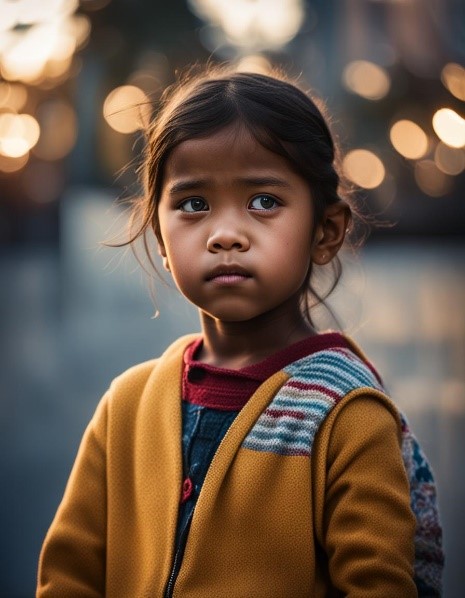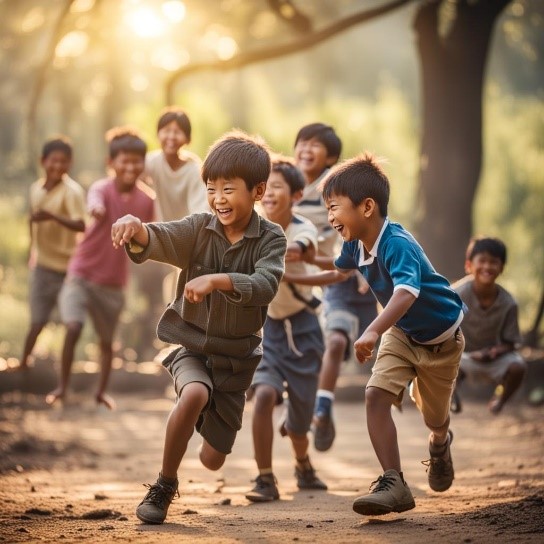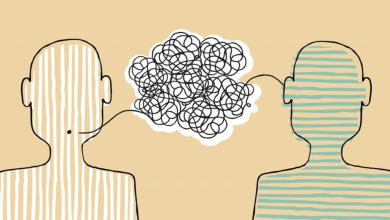Tiny Hearts Big Scars: Impact of PTSD on Children

A recent study found that nearly half of all mental problems start in childhood before the age of 14, with many of them remaining undiagnosed (WHO, 2021). Looking at these statistics, we clearly understand that childhood is a profoundly critical period in human life. Therefore, it is important that we provide a healthy and safe environment for children. However, recent events in the world don’t seem to help with this. While there is a devastating war on one side of the world, scandalous pedophilia cases are breaking out on the other side. These kinds of events are the exact opposite of helping children, and instead leaving them with major and long-lasting traumas. The mental health condition which occurs as a trauma response in all ages is called “post-traumatic stress disorder”.
What Is PTSD and How Does It Emerge in Children?
Post-traumatic stress disorder (PTSD) is a condition that develops as a result of a traumatic event. It became a diagnosis in DSM-3 in the 1980s, associated with the consequences of Vietnam War (Crocq, 2000). Therefore, PTSD was once considered a combat disorder. However, not long after that, it was found that PTSD can occur at any age. Even recent research shows that youth is at greater risk in developing PTSD since traumatic events cover more of youth’s life story (Kongshøj & Bohn, 2020). Thus, it is now not surprising that children are at risk of having PTSD, especially in a hazardous environment.
Diagnostic criteria of PTSD in DSM-5 (American Psychiatric Association, 2013) are listed as:
- Experiencing or witnessing a traumatic event, such as death, serious injury, sexual or physical abuse, natural disasters, wars etc.
- Learning that an event happened to someone close to them.
- Being repeatedly exposed to the traumatic event.
Children with PTSD experience symptoms such as flashbacks, nightmares, severe emotional distress, or sleep problems, difficulty concentrating, or memory deficiencies. Experts assess whether a child has PTSD by observing behaviours such as avoiding eye contact, seeking out things that are comforting to them, displaying severe distress, or have regressing to an earlier stage of development. These are all coping mechanisms a child uses to defense against any type of incoming threat. Their brain adapts to stressful environments, and they feel the need to stay alert even in the absence of any stressors. Life becomes more threatening, anxious, and frightening for them, increasing their vulnerability.

What is the Long-Term Effect of Childhood Trauma?
Although not all childhood traumas lead to PTSD, it is crucial to be remainn aware and conscious since accumulating distress can negatively impact the child. Latent vulnerability refers to the tendency to have mental health problems in the future because of childhood traumas. Every treatment we receive as a child has a consequence in our future lives. It may not be right to think as if a child is a machine that can be fixed right away, or
entirely. Contrarily, even if we remove stressors, a child can still show behaviors mentioned above. Therefore, it is important that we understand all children deserve love and attention at the right time, regardless of their race, faith, ethnicity, gender, or socioeconomic class.
How to Treat PTSD in Children or Childhood Trauma?
PTSD appears when a child cannot cope with stress and the associated symptoms. It is a severe mental health condition, that requires a professional to diagnose, as many other disorders. If possible, a psychologist or psychiatrist as well as a pediatrician should be consulted. A personal treatment plan is recommended for every child’s own needs. Trying to self-diagnose may result in excessive fear or or avoidance of seeking help from an expert. Therefore, parents need to be as careful as possible during this period. It is also important that children are provided a sense of support and trust from their caregivers and environment. Biological treatments are also used as options to reduce the symptoms.
What About Children Affected by the World’s Current Situation?
In this case, it is hard to individually diagnose or treat every kid suffering from trauma. It is even harder to establish a support system, especially for those who have lost family members, relatives, or peers. Top it all, their destroyed environment doesn’t help them either, even makes everything worse.
So how can we support these children or help them? Regarding this question, what we need to discuss first is the prevention strategies instead of coping skills. Although it is crucial to teach better and healthier coping mechanisms, majority of these kids don’t have the access to therapy or medical help.

Thus, proactive steps such as maintaining open communication and giving support from any type of medium help vulnerable children to feel they are not alone. Another strategy is to maintain stability as much as possible even during these times. Regular bedtime and mealtime routines are examples of such stable routines. Children can also be given the opportunity to express themselves through non-verbal communication tools, such as art, music, or play therapy. Instead of waiting for things to happen, we should take steps and make things happen, even if they seem too small or insignificant.





